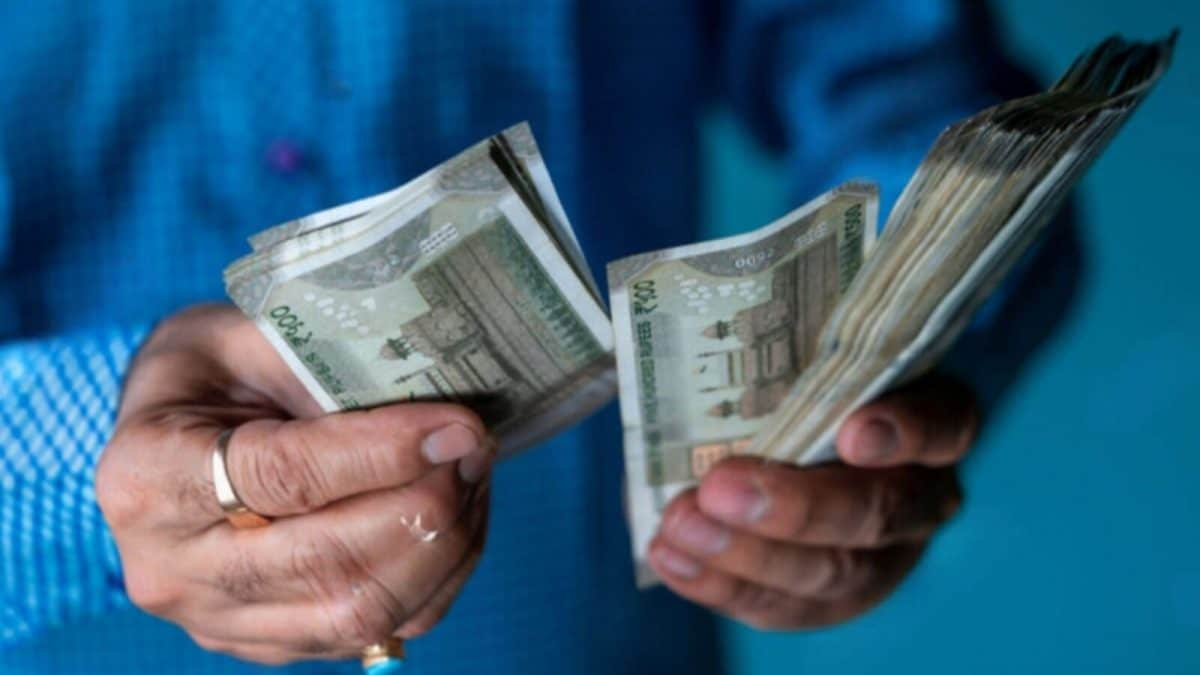Rs 69L Or Just Rs 17L? Expert Warns Of Real Returns From Child Investment Plans

Last Updated:July 17, 2025, 15:39 IST
Gaurav Mundhra warns that Sukanya Samriddhi and NPS Vatsalya may not secure a child’s future due to inflation. He suggests Children Mutual Funds for better real value returns.
Inflation is a purchasing power eater that decreases the value of the amount you have in hand.
Most people believe that schemes like Sukanya Samriddhi or NPS Vatsalya will secure a child’s future with large sums like Rs 69 lakh or Rs 1.4 crore. But what if those numbers don’t hold up in real value?
Financial planner Gaurav Mundhra, Associate Partner at Etica Wealth and Co-founder of S&P Financial Services, recently broke this down in a LinkedIn post that has caught a lot of attention. He manages over 1,000 families’ finances and warns that many investors fall for “big numbers” without considering inflation.
He explains that Sukanya Samriddhi may project Rs 69 lakh, but after adjusting for inflation over 21 years, it actually gives only around Rs 17 lakh. Similarly, the NPS Vatsalya scheme may show a maturity of Rs 1.4 crore, but the upfront payout is just Rs 35 lakh—worth only Rs 8.4 lakh in today’s money.
“Now ask yourself—will Rs 8L or Rs 17L be enough for your child’s education or marriage two decades from now?” Mundhra asks.
Instead, he suggests exploring Children Mutual Funds. Assuming a 12% annual return, such funds can grow to Rs 1.4 crore, which translates to around Rs 1.2 crore after tax—equal to nearly Rs 34 lakh in today’s terms. Plus, there’s flexibility. One can withdraw Rs 17 lakh at age 21 and another Rs 34 lakh at 26—both in today’s value.
The key takeaway from Mundhra’s advice?
Don’t plan with inflated numbers. Plan with real, usable value.
Inflation is a purchasing power eater that decreases the value of the amount you have in hand. For instance, the number of items you can buy with a note of Rs 500 today would be less in the next two or three years. The prices of items will increase eventually, making it harder to get the same items with Rs 500.
The rise in prices of general items is called inflation. Inflation at a moderate level is good for the economy, but if it tends to run at a galloping pace, then it is a matter of concern. Eventually, the prices of items become so high that it becomes practically impossible for commoners to afford them.
A team of writers and reporters decodes vast terms of personal finance and making money matters simpler for you. From latest initial public offerings (IPOs) in the market to best investment options, we cover al…Read More
A team of writers and reporters decodes vast terms of personal finance and making money matters simpler for you. From latest initial public offerings (IPOs) in the market to best investment options, we cover al… Read More
view comments
- First Published:
[title_words_as_hashtags




